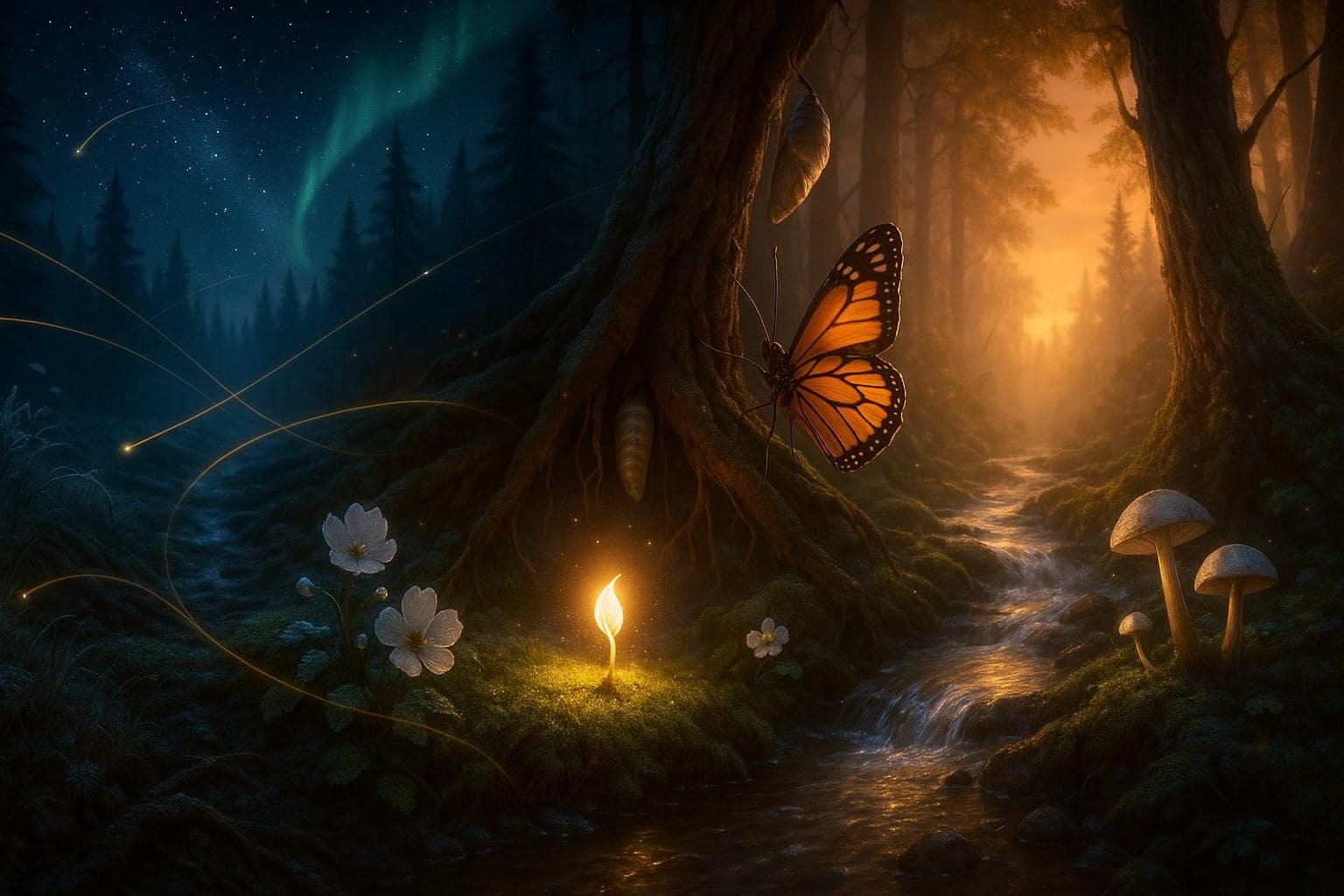Curiosity as a Beacon Through Unfamiliar Nights

Keep a small beacon of curiosity alive; it will guide you through unfamiliar nights. — Haruki Murakami
A Light Small Enough to Carry
Murakami’s image of a “small beacon” suggests guidance that is portable, modest, and steady rather than blinding. In unfamiliar nights—new jobs, unexpected losses, shifting worlds—grand searchlights can overwhelm, but a pocket-sized glow invites patient noticing. His fiction often lingers in twilight states where reality frays; there, faint signals—a question, a hunch—become lifelines. Consequently, the quote reframes curiosity as a practical tool, not a luxury. It is less about solving everything at once and more about seeing the next few steps with gentleness. To understand why such a light truly works, we can turn from metaphor to mechanism.
Why Curiosity Guides the Brain
Curiosity narrows the gap between what we know and what we want to know. George Loewenstein’s “information-gap” theory (1994) describes how noticing a small missing piece creates a motivational pull to explore. Earlier, Daniel Berlyne (1960) showed that novelty and complexity spark arousal that orients attention, helping us map the unknown. Furthermore, Jordan Litman (2005) distinguished interest-type curiosity—pleasant exploration—from deprivation-type curiosity—a tension that pushes us to resolve uncertainty. Both can be helpful when held lightly. In this way, curiosity tunes our predictive brain toward learning, releasing dopamine as we approach answers and, crucially, encouraging us to keep moving. With the inner compass calibrated, we can look to how people have navigated real darkness.
Wayfinding Through Uncertainty
Sailors once scanned coastlines for lighthouses, but on open oceans they relied on subtle cues: stars, swell patterns, bird flights. Polynesian wayfinders, revived in practice by Nainoa Thompson and the Hōkūleʻa voyages in the 1970s, read sky and sea without modern instruments, advancing by the next discernible sign rather than a full map. Likewise, curiosity invites incremental orientation: one star, then the next. Instead of demanding certainty, we track patterns, correct course, and proceed. This wayfinding mindset transitions naturally to creative work, where breakthroughs often follow a chain of small, well-lit questions.
From Questions to Creative Breakthroughs
Many discoveries begin as glimmers. Alexander Fleming’s observation of an odd, bacteria-free halo around mold (1928)—a trivial-seeming curiosity—opened the path to penicillin. Teresa Amabile’s research on creativity (1996) similarly shows that intrinsic interest fuels persistence, allowing small questions to compound into insight. Thus, curiosity functions like compound interest: modest daily inquiries accrue into clarity. And because each answer reshapes the next question, progress remains adaptive—a crucial trait when the terrain keeps changing. To keep such momentum, the beacon must be tended in everyday practice.
Keeping the Flame: Everyday Practices
Begin by setting a “question quota”: one genuine question per meeting or chapter. Use the Five Whys (Sakichi Toyoda) to peel back causes without blame. Keep a curiosity log with three entries: What surprised me? What confused me? What changed my mind? Rotate inputs—read one source far outside your field each week—and shrink the step size: 20 minutes of focused exploration beats vague ambition. Finally, design safe experiments: minimal-risk trials that trade speculation for learning. These rituals preserve the beacon’s smallness, ensuring it stays bright without burning out.
Courage, Care, and the Limits of Knowing
Curiosity needs courage, yet also care. Some questions touch privacy, safety, or harm; ethics should steer the beam. J. Robert Oppenheimer’s postwar reflections remind us that curiosity, untethered from responsibility, can outrun wisdom. The small beacon encourages humility: illuminate enough to move safely, not to scorch the night away. And so we circle back to Murakami: unfamiliar nights are not problems to annihilate but landscapes to traverse. With a modest light, we honor mystery while finding our way—step by step, question by question, until dawn revises what we thought we knew.